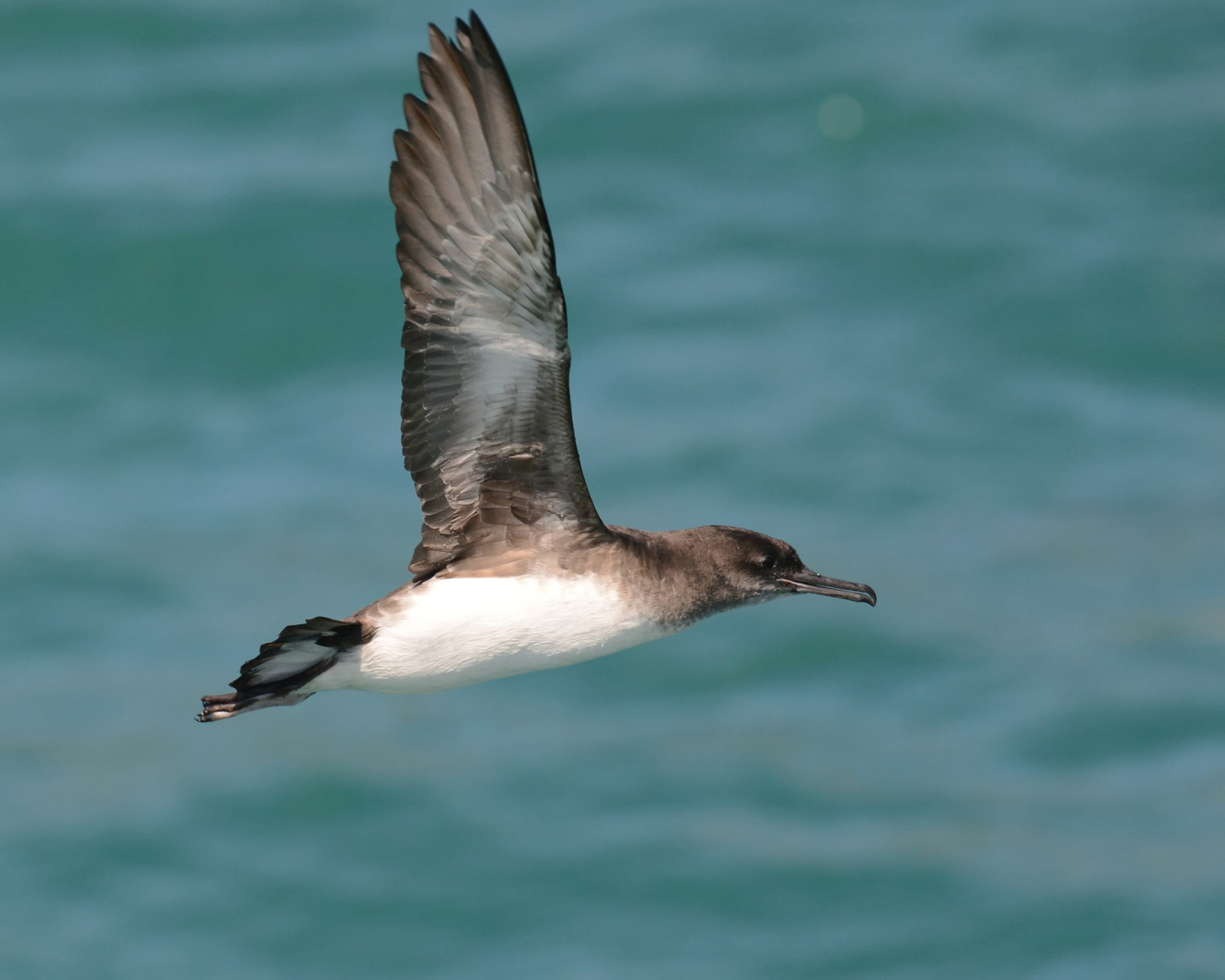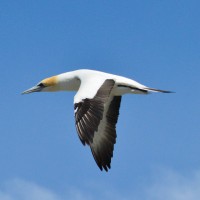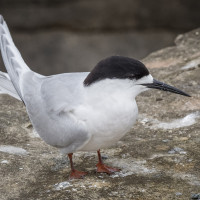Opis
With Hutton's Shearwater breeding in the mountains behind Kaikōura, they are often seen even from the peninsula - they congregate in large flocks in the evening before flying to the breeding colonies and it can be an impressive experience to see them flying closely over you. During the non-breeding season, roughly from May to August, they are less commonly seen. With the right wind, you can also expect to see some albatross (e.g. Salvin's Albatross) and other petrels from land, though identification may be tricky.
The walk along the peninsula is partially along the coast and partially through grasland. So there is also opportunity to see some waders and herons as well as songbirds such as the in New Zealand introduced and rare Cirl Bunting. Along the beach towards the carpark, you can often see some waders including Ruddy Turnstone.
Szczegóły
Dostęp
You can start a walk from the town of Kaikōura on the north coast of the peninsula. It is located in proximity of the A1 highway, what makes it easy to reach by car, shuttlebus, etc. The walk itself has some steps and I think it is not manageable for wheelchairs, but offers very good viewpoints on the sea, the seal colonies and the flyway of the Hutton's Shearwater.
Teren i siedlisko
Kanion/klif , Plaża , Rzadkie drzewa i krzewy , Łąka , Rolnictwo/uprawy , Płaskowyż , Morze , WydmyWarunki
Skalisty , Pagórkowaty , Górzysty , Piaszczysty , Otwarty krajobrazTrasa dookoła
TakCzy luneta będzie przydatna ?
TakUdany sezon obserwacyjny
Lato , WiosnaNajlepszy czas na wizytę
Wiosna , LatoTrasa
Szeroka ścieżkaPoziom trudności szlaku pieszego
Średnio wymagający spacerDostępne
PieszoCzatownia/platforma obserwacyjna
NieDodatkowe informacje
There are paths under the cliffs near the seal colonies. I think they are open although they are not marked, but you should be careful not to disturb the seals!



